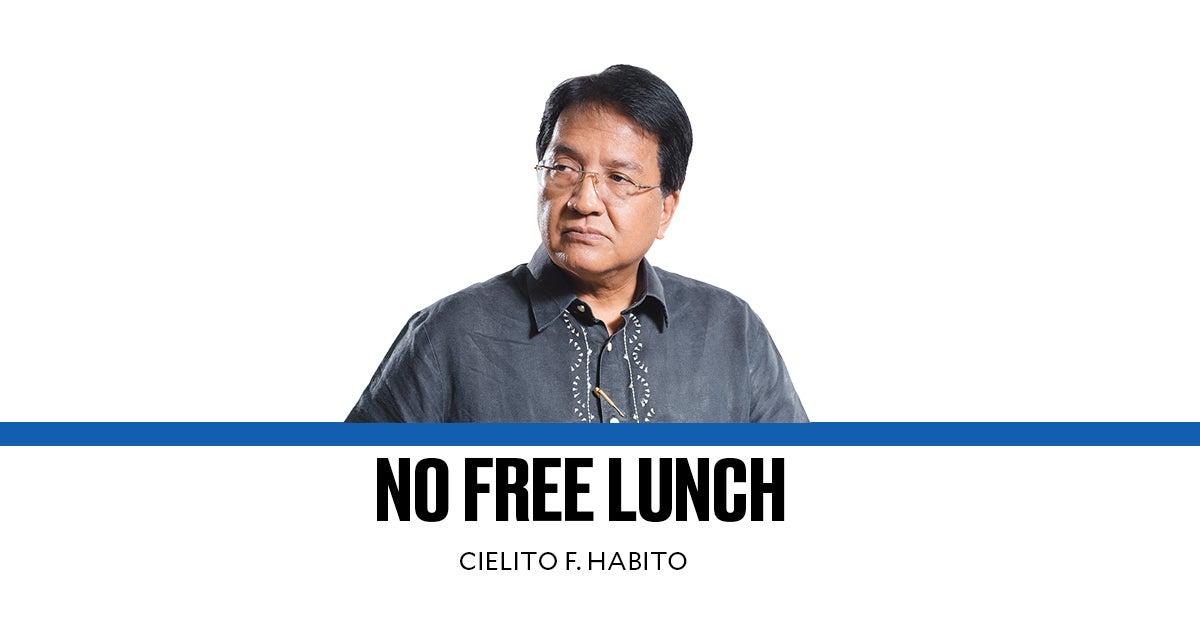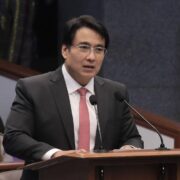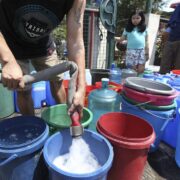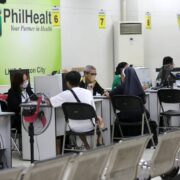Poverty has declined

Did you know that the Filipino poor have significantly declined over the last 20 years in both percentage and number, and that the gap between rich and poor has also narrowed? Yes, there is some good news even with so much alarm over our country’s current state of politics and governance, human welfare (particularly education, health, and nutrition), and the economy. The trends are affirmed by official data from the Philippine Statistics Authority (PSA), whose numbers I have no reason to doubt, knowing our statistical system to be staffed by competent professionals.
What do the numbers say? The Family Income and Expenditure Survey reported that in 2006, one in every five Filipino families (21 percent) had incomes below the poverty line. By 2015, it was lower at 18.9 percent, and dropped further to only 10.9 percent (one in 10) in 2023—or about half of what it was in 2006. The income gap between the richest one-tenth of the population to the poorest one-tenth was 19.4 to one in 2006. By 2015, this ratio was down to 9.1 to one, and narrowed down further to 6.2 to one as of 2023—a remarkable improvement over 17 years. The Gini coefficient (the standard inequality measure that is zero with perfect equality and 1.0 under perfect inequality) was 0.458 in 2006, 0.444 in 2015, and improved further to 0.391 in 2023. All told, the data tell us that poverty went down significantly, and income was distributed more equitably over the last two decades.
The limitation with official poverty data is that it only measures income poverty, even as we all know that human well-being goes far beyond income, and concerns the social, environmental, political, cultural, and spiritual dimensions as well. A multidimensional measure of poverty would thus be desirable and should track deprivation in basic needs like health and nutrition, education, clothing, and shelter, along with political empowerment, environmental security, and spiritual fulfillment. It’s in this light that the independent survey firm Social Weather Stations (SWS) tracks and regularly reports poverty based on how people rate their own poverty status by simply asking respondents whether or not they feel poor (mahirap ). The reasoning is that people can best judge their own state of welfare or poverty, and when they do, they would be thinking of deprivation in its various dimensions.
Not surprisingly, the SWS measure of self-rated poverty has consistently been much higher than the income-based PSA poverty figure, and unlike the latter, has not gone down appreciably over the last two decades. In 2006, self-rated poverty was 54 percent, fell to its lowest annual average of 44 percent in 2016, but is back at 50 percent this year so far, after hovering around 48 percent in recent years, and jumping again to 57 percent last year. Still, SWS guru Dr. Mahar Mangahas notes in his last Inquirer column that the 42 percent who said they were not poor in the last survey in April is the highest recorded since SWS started tracking it in the 1980s (see “Poverty is about the family,” 6/14/25). With the “borderline poor” reduced to only 8 percent (from as high as 39 percent in 2021) the number who consider themselves not poor is at a record high, which is good news.
What lies behind the poverty improvement? There are two immediate reasons I can think of. First, the domestic job situation has greatly improved over those years. The unemployment rate in 2006 was 8.1 percent, and underemployment at 21.3 percent. By 2015, these were down to 6.6 and 17.5 percent, respectively, and in 2024, dropped further to 4.3 and 13.3 percent, respectively. Falling underemployment signals better quality of jobs over the years, as further evidenced by the proportion of wage and salary workers rising from just half of all workers in 2006 (50.9 percent) to two-thirds in 2024 (67.1 percent). The proportion of individually self-employed, who are mostly informal sector workers, dropped from one-third (32.7 percent) in 2006 to one-fourth (25.7 percent) in 2024, while unpaid family workers’ share fell from 11.7 to 4.9 percent. These tell us that there have been more and better jobs, and the effect on families has been positive.
Second, the government’s anti-poverty programs may be helping, especially our conditional cash transfers (CCT) through the Pantawid Pamilyang Pilipino Program or 4Ps. Countless studies on CCTs worldwide, including on our 4Ps, affirm its efficacy in building poor families’ capacities to emerge from poverty via investment in their children’s education and health. An independent third-party evaluation commissioned by the Department of Social Welfare and Development is underway on the poverty alleviation impact of 4Ps and our various social protection programs. We will know upon its completion later this year if the billions poured into social protection are indeed money well spent.


















